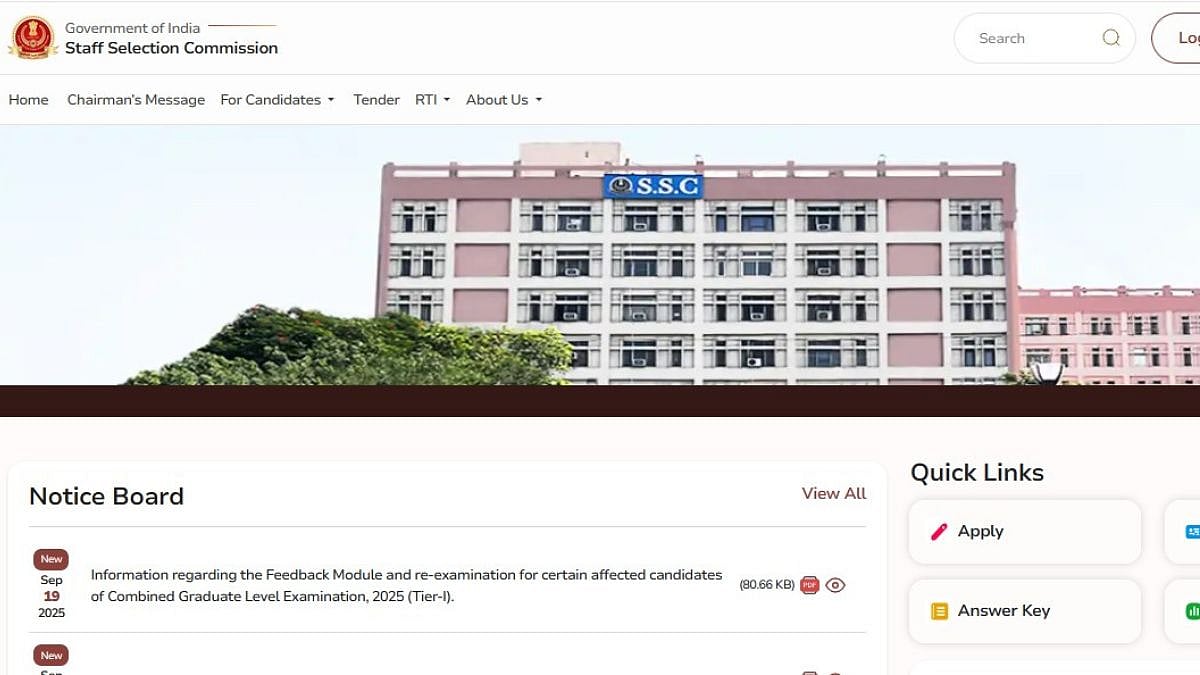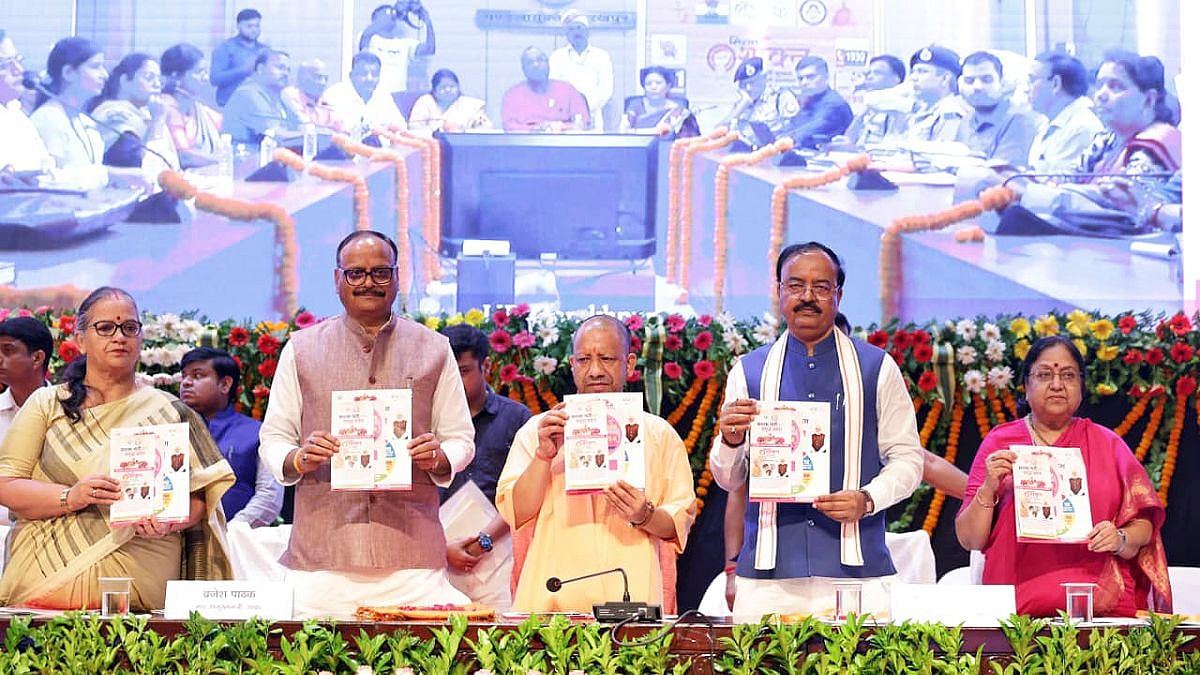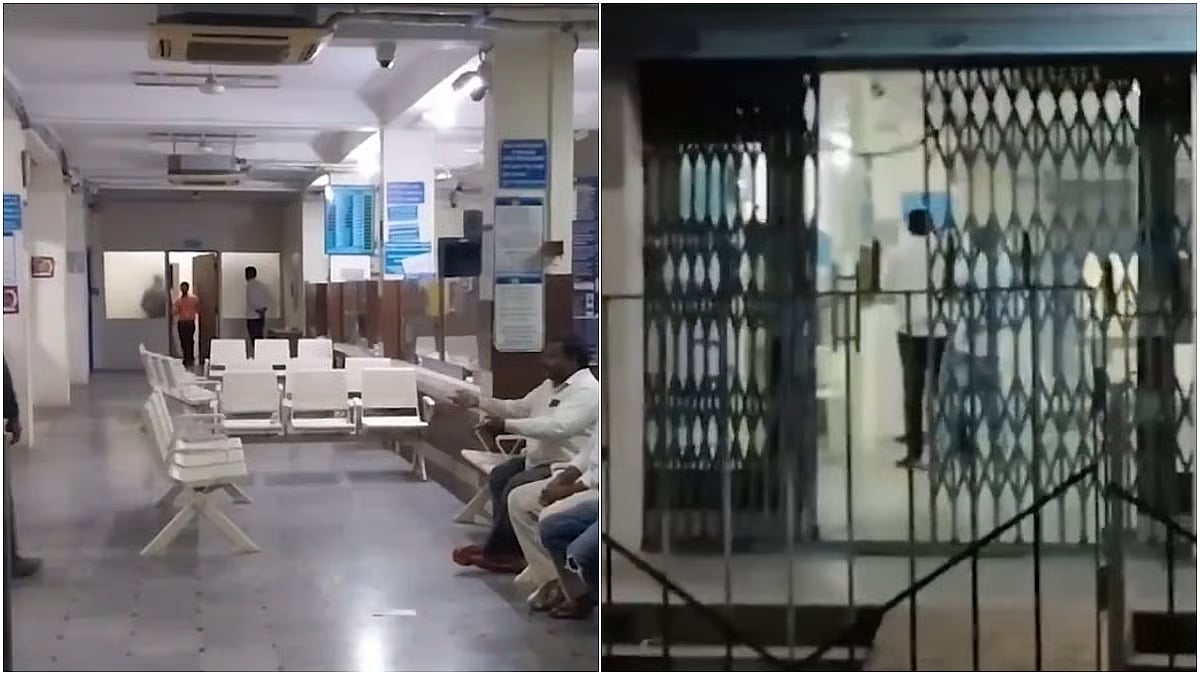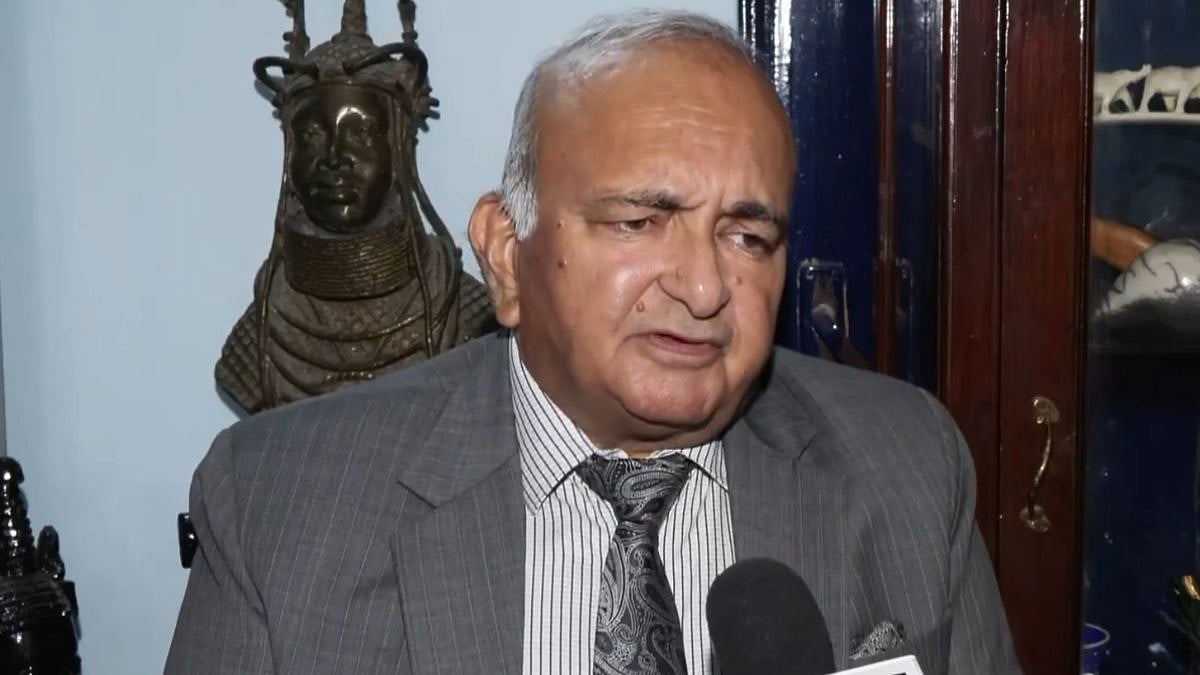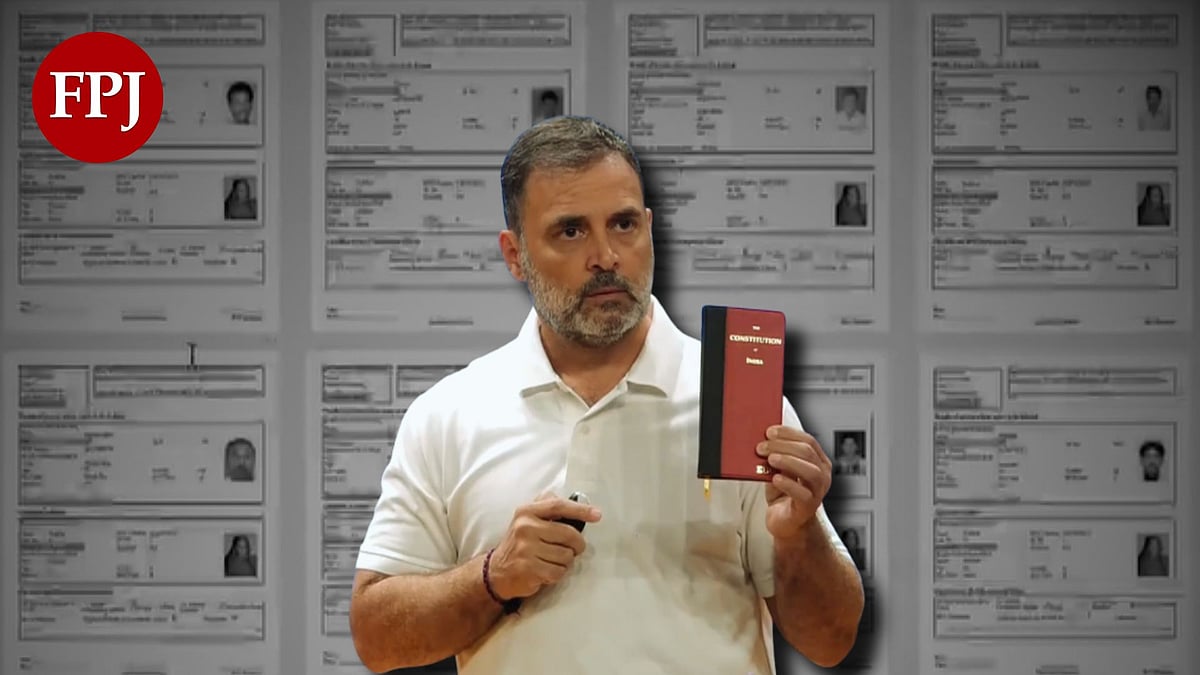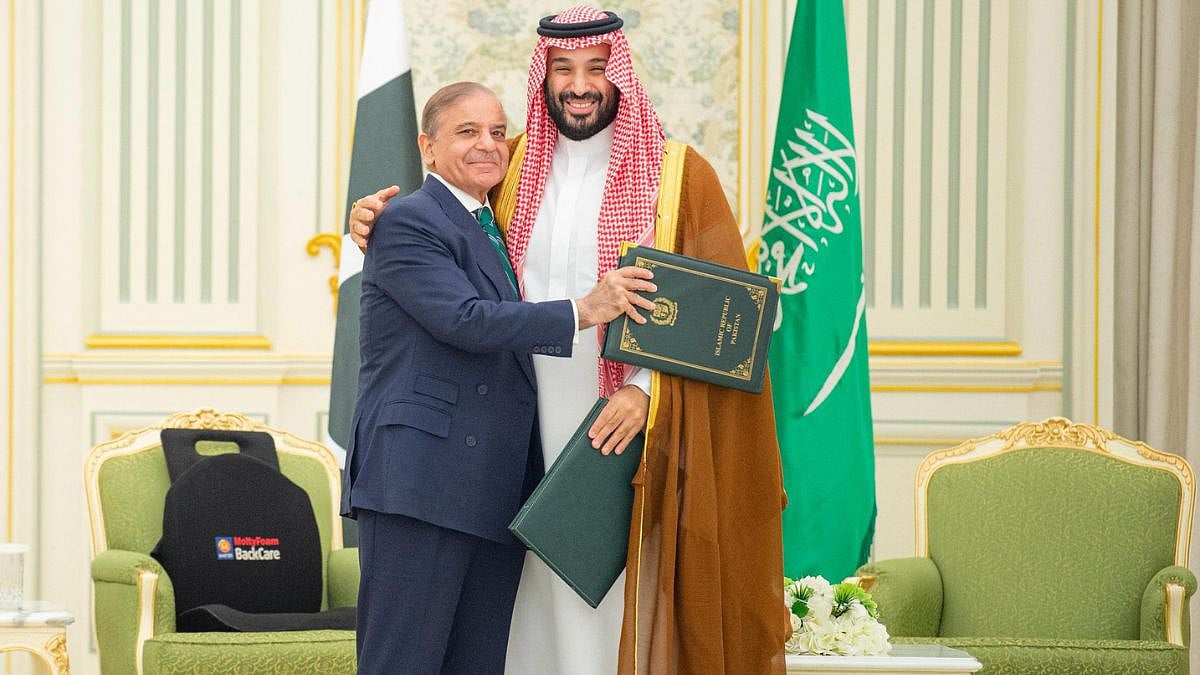Steel is a critical industrial metal for the growth and development of several sectors, including infrastructure, construction, defence, mobility and so on. No wonder there is a strong positive correlation between economic growth and steel consumption. For this reason, steel is called a ‘growth commodity’.
In 2024, world crude steel production was 1,885 million tonnes. China is the world’s largest producer at 1,005 million tonnes. India is by far the world’s second largest, with a production of 150 million tonnes.
India’s finished steel capacity currently stands at about 200 million tonnes, having increased from 171 million tonnes in 2023-24 and 151 million tonnes a year earlier.
Production has been rising consistently in recent years, as can be seen from Table I.

India’s Finished Steel Capacity and Production Trends (Million Tonnes) | India’s Finished Steel Capacity and Production Trends (Million Tonnes)
The current production capacity is an estimated 200 million tonnes.
Given the expansionary phase in which the country currently stands and massive amounts being spent on infrastructure development, India’s steel consumption has been growing at 10-12 per cent per annum. The production growth has kept pace with the consumption growth.
Although domestic production exceeds domestic consumption and the domestic demand is met largely through domestic production, India imports finished steel.

India’s Rising Import of Finished Steel (‘000 T) | India’s Finished Steel Capacity and Production Trends (Million Tonnes)
As can be seen from the table, our finished steel imports have been rising rapidly. It has nearly doubled in the last two years. The surge in imports has raised concerns among domestic producers.
Steel is a deregulated sector in our country. Prices are determined by market forces, including demand-supply dynamics, global market conditions, raw material price trends and also the cost of logistics, power, fuel and so on.
The government of India acts as a facilitator by creating a conducive policy environment for the development of the steel sector, including for small and medium producers.
The government has taken several initiatives to reduce imports and improve the competitiveness of Indian steel. These include a Production Linked Incentive (PLI) Scheme for speciality steel; Steel Quality Control Orders (SQCOs) to eliminate sub-standard steel products’ marketing and import; Steel Import Monitoring Scheme and fiscal imposts like anti-dumping duty, countervailing duty and safeguard measures against import surges.
The government aims to expand the steel-making capacity to 300 million tonnes by 2030-31, which is a 50 per cent increase in capacity in the next five years. While the target is not daunting, challenges remain. Several questions deserve close attention.
Does India have the steely resolve to achieve this ambitious target?
Does India have adequate raw materials, like iron ore, coking coal, limestone and critical elements such as magnesium, nickel and chromium?
What will be the extent of our import dependence?
Where will the finance come from for capacity expansion?
How much of the capacity will actually be used?
What will be the environmental impact of building 300 million tonnes of production capacity?
Will demand keep pace with production, or will there be excess capacity?
These issues deserve a dispassionate evaluation.
Raw material security is most critical. We need a robust raw material strategy. Given the enormous geopolitical headwinds to global free trade, dependence on imports, that too from limited sources of supply, may prove to be rather risky.
To feed the 300 million tonnes capacity by 2030, India will need about 450 million tonnes of iron ore. The quality of ore is important. It is recognised that the ‘beneficiation’ of low-quality ore will result in cost control.
On current reckoning, coking coal may be a challenge. We will need around 160 million tonnes, and currently we are substantially import dependent. What can we do to augment domestic production or ensure uninterrupted supply?
The extant geopolitical situation is fraught. The world faces uncertainties, especially the global steel sector with a large ‘excess capacity’ and slowing demand growth.
Without doubt, the Indian steel sector is poised for a big leap, but challenges remain. We need an enormous ‘political will’ and stakeholder cooperation to move ahead.
G. Chandrashekhar is an economist, senior editor and policy commentator specialising in global agribusiness and commodity markets. He serves on corporate boards as an independent director. Views are personal.

